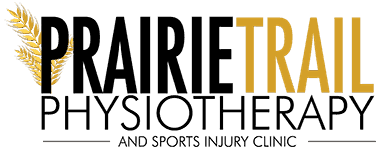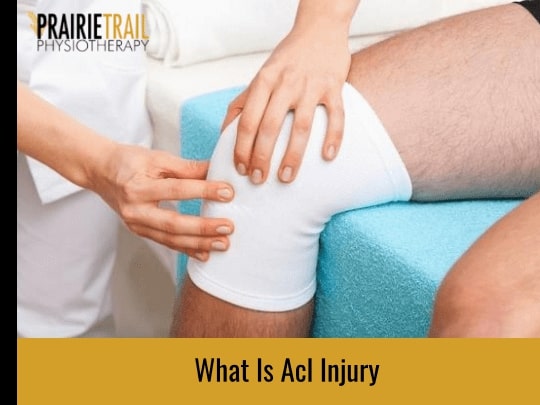The anterior cruciate ligament (ACL) is one of the major stabilizing ligaments of the knee. It runs from the front of the tibia (shinbone) to the back of the femur (thighbone), preventing the tibia from sliding out in front of the femur. The ACL also helps prevent the knee from hyperextending. You might be familiar with it from the sports world, where someone tears their ACL and goes out for the season. Many TV’s are broken when this happens, as people tend to throw things at the player that caused it.
An ACL injury is a tear or sprain of this ligament. The ACL can be injured in several ways, but most commonly occurs during a sports injury when the foot is planted, the knee twists outward, or someone slams into the knee from the wrong direction. This type of injury can also occur during a car accident or any other trauma that forces the knee to move in an unnatural direction.
Approximately 200,000 ACL injuries occur in the United States each year, most of which occur in female athletes.
Cause Of ACL Injury
There are several risk factors for ACL injuries, including:
- Muscle imbalances around the knee. Imbalances between the quadriceps (the large muscles on the front of the thigh) and hamstrings (the large muscles on the back of the thigh) can put extra stress on the knee and lead to ACL injury.
- Poor flexibility. Lack of flexibility in the hamstrings, hip flexors, and quadriceps can cause extra stress on the knee and lead to injury.
- Weakness in hip muscles. Weakness in muscles such as your gluteus medius (one of your buttock muscles) can lead to improper kneecap tracking and put extra strain on your ACL.
- Poor landing mechanics. If you land with your knees extend beyond your toes or with your feet pointed outwards instead of straight ahead, it creates an additional rotational force on your knee and can lead to injury.
- You are changing directions quickly while running. Making sharp cuts or changing directions quickly while running can cause your foot to plant awkwardly and put excessive strain on your ACL.
Females are more likely to experience this kind of injury compared to males.
The disparities come from various factors such as physical fitness, muscular strength, and neuromuscular control. Other than differences in pelvic alignment and ligament looseness, estrogen may also affect ligament properties.
Symptoms of ACL Injury
The most common symptom of an ACL injury is a popping sensation followed by pain and swelling in your knee. You may also feel like your knee is giving out from under you or that it is difficult to extend fully.
Other symptoms may include:
– Knee Instability: Feeling like your joint is going to “give out” or buckle when you put weight on it
– Pain with Walking: Usually severe enough that it limits normal walking activities
– Swelling: Within 24 hours after sustaining injury, there will be a significant amount of visible swelling around the joint
Treatment for ACL Injury
If you have suffered an ACL injury, it is important to seek medical attention as soon as possible so that you can begin treatment and start on the road to recovery.
Depending on the severity of your injury, treatment may involve nonsurgical options such as rest, ice, compression, elevation (RICE), physical therapy, or bracing; or surgical options such as arthroscopic partial meniscectomy or ligament repair/reconstruction surgery.
The type of treatment recommended will be based on factors such as age, activity level before injury, type of sport played, other associated injuries sustained at the time of original injury, etc.
Imaging Tests
In some cases, your physiotherapist may also recommend the following tests to confirm your diagnosis:
- X-rays – A broken bone can indicate the anterior cruciate ligament is not injured. Then again, you have a fractured bone, so pick your poison.
- Magnetic resonance imaging (MRI) scan – Doctors can better visualize soft tissues such as the anterior cruciate ligament with an MRI than with X-rays. Furthermore, we can examine other soft tissue structures in the knee (e.g.cartilage or meniscus) for injuries. The diagnosis of a torn ACL is usually based on an MRI.
Final Thoughts
No one wants to suffer a serious knee injury that could sideline them for months at a time—but unfortunately, accidents happen.
If you have suffered an anterior cruciate ligament (ACL) injury, get medical attention as soon as possible so that you can begin treatment and start on the road to recovery.
By understanding some basic facts about this type of injury—including its causes, symptoms, and treatment options—you will be better prepared to prevent or handle injury properly should you experience an ACL injury.
If you are ready for therapy after injuring your ACL, give us a call and set an appointment today.

